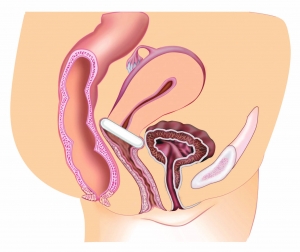
30 Jun Vaginal Pessaries – what are they?
Vaginal prolapse is a common condition whereby the bladder, bowel or womb descend into the vagina. Symptoms commonly include:
- heaviness in the vaginal area
- a feeling of a lump in the vagina
- difficulty having sexual intercourse
- difficulty emptying your bladder or bowel
- constipation
There are a number of ways to manage pelvic organ prolapse, and at WWMH we take a holistic approach as every client is different in their presentation and daily lifestyle. We are pleased to be able to offer pessary fittings and provision as part of our care.
What is a vaginal pessary?
A vaginal pessary is a device which provides internal support to the vagina. It needs to be correctly fitted by a professional and changed every 3-6 months. Vaginal pessaries have been proven to be as successful as surgery for relief of prolapse symptoms.
How does a pessary work?
The pessary sits high inside the vagina. When correctly fitted, you shouldn’t be able to feel the pessary. You should be able to resume all of your normal activity, including sport and sexual activity, with the pessary in place. It should make daily activities easier with less symptoms of prolapse. The pessaries are made from long wearing plastic and do not need to be changed yourself, however it’s important you know how to remove the pessary, and this will be a part of the initial sessions with your physiotherapist when fitting one.
Are there any risks?
Very rarely, the pessary can cause pressure areas in the vagina. It’s important that you see your doctor every 6-12 months to do a speculum of your vagina to determine any unwanted bacteria. There is no risk of the pessary being lost in the vagina. Other symptoms will be discussed at your physiotherapy appointment. You may also need to use an estrogen cream to keep the vagina healthy while the pessary is in place.
What about follow up?
It’s important that you book regular follow up sessions after 1 week, 3 weeks and 3 months to determine the status of the pessary, ensuring correct fit and no complications. We are available via email and phone chat anytime also should any concerns arise.
If you are interested to learn more about pessary fittings, please contact Lauren at lauren@wwmh.com.au or 97495110
